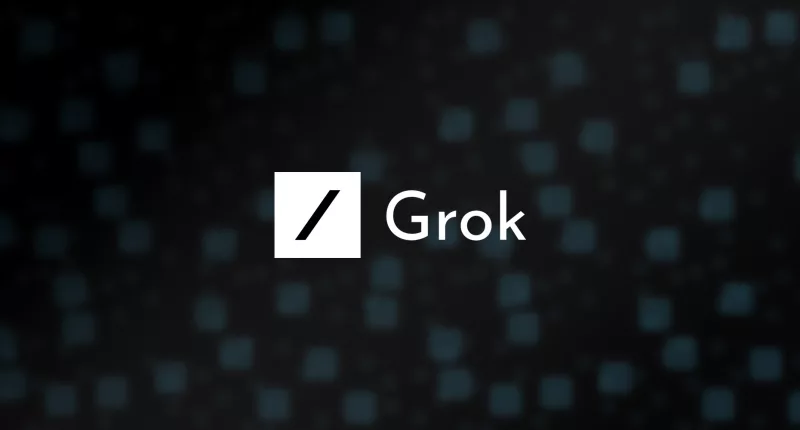xAI, Elon Musk’s AI company, has now officially launched Grok 3, the latest version of its AI model. The model is being positioned as a direct competitor to OpenAI’s GPT-4o and Google’s Gemini, two of the most popular AI models currently available. Grok 3 is being made available through Musk’s social media platform X (formerly Twitter), where the AI has already been integrated into the service.
Grok-3 comes with vastly more advanced computational power and was developed using xAI’s supercomputer, Colossus, an AI training cluster that is housed in Memphis, Tennessee. This facility boasts an estimated 200,000 GPUs, making it one of the most powerful AI training clusters in the world. According to Musk, the computational resources allocated to Grok 3 are ten times greater than those used for its predecessor, Grok 2. This increase in processing power has allowed xAI to develop a model with enhanced reasoning abilities, improved contextual understanding, and greater accuracy in handling complex queries.
Grok 3 is available exclusively to Premium+ (a service that recently saw its monthly fee rise to $40) subscribers on the erstwhile Twitter. In addition, xAI has announced a new subscription tier, SuperGrok, which will provide access to enhanced AI capabilities beyond those available in the standard Grok 3 model. While official pricing details for SuperGrok have yet to be confirmed, leaked reports suggest a cost of approximately $30 per month or $300 per year. It remains unclear whether this service will function as a standalone offering or require an existing X subscription.
The newest AI model comes with two modes – Think and Big Brain. Think Mode enables Grok 3 to display its reasoning steps, offering users a transparent view of how it arrives at conclusions. As the name suggests, Big Brain Mode aims to provide answers to more complex queries. It deploys additional computational resources to tackle more complex problems in mathematics, science, and programming. Grok 3 has been evaluated using AIME 2025, a standardized mathematical benchmarking framework. Initial reports indicate that it outperforms OpenAI’s o3-mini-high model in several areas related to logical reasoning and computational problem-solving. Musk notes that certain aspects of the model’s processing steps have been deliberately obscured in order to guard against “distillation”, a technique used by rival AI developers to extract knowledge from existing models.
Alongside Grok 3, xAI has introduced Grok 3 Mini (which comes with a dip in accuracy) and DeepSearch, a research-focused AI tool that can analyze and synthesize information from the internet and X’s internal data. Unlike conventional search engines that return a list of links, DeepSearch aims to provide contextually relevant summaries by leveraging Grok 3’s enhanced reasoning capabilities. It seems to be a competitor to OpenAI’s AI-powered research tools, which similarly employ advanced language models to improve information retrieval.
The Tech Portal is published by Blue Box Media Private Limited. Our investors have no influence over our reporting. Read our full Ownership and Funding Disclosure →






